Por: Walmir Ayala
The body is a planet, it is a map, it is a landscape, it is a mountain, it is a universe. Pietrina Checcacci in her interior laboratory of creation, one of the most fruitful and instigating of contemporary art, has traveled this magic trail. His painting is often remembered by the “fingers”, anatomical elements that became independent of the whole, to provoke in the spectator an uncomfortable sensation of metamorphosis, of mirroring the landscape of the man.
His goal has always been the human figure, this dream-and-revelation plant whose form defies divinity itself by biblically instituting itself as a symbol of Image and Likeness. In Pietrina’s technical and formal evolution this human figure started from its insertion in the social world, to transform itself into the world itself, projecting itself into a particle of the cosmic system. In the work of his first phase, at the end of the decade of 50, it fixed its pleasure in the matter of the painting and denounced the terrestrial limits of the popular experience. Already in the subsequent phase it broke this limit, probing the mystical orb, allowing already certain anatomical contortions whose tension would result in the later syntheses of the planet body. In the late 1960s there was a return to denunciation, without the candid posture of the explicit social, but with the weapons of fantasy, allegories over the erotic and savage, always focusing on human weaknesses. At the end of the 60’s a pop arthroscope invaded these scenarios, while vinyl paint will specify a painting without glazes or transparencies, more about the cliché, the frontal, the TV video input, as in the everyday life of urban space. It is precisely in this period that the passion for detail arises. The return to the screen and the touches of the kitsch show the space invaded by scrolls, popular prints, painted or glued, provoking the contradiction of the bodies that began to illuminate of an ideal nature, next to trivial environments, integrated in them. But the strength of the body was breaking the stage, and the pleasure of discovering the tactile and demystified effect of the form, defined what would be the great pictorial delirium of Pietrina Checcacci.
At this point it is as if Pietrina had discovered the flesh of painting, the liberated sensuality and clinical, the transparency of the Hellenic ideal in an unprecedented way. It may be said that he snatched the observer’s moment of participation from the enigma of fingers that penetrated the water and showed themselves before and after touched by the mystery of the new nature in color and distortion or legs, feet, arms, shoulders, which are ennobled in serene contortionism, as aliens of scientific fiction. The embryo of the sculpture, which would later be one of its most intense manipulations, was throbbing at the moment. The chromatic complex of before is fading, the monochrome takes on the foreground, and the voluminosity, the tromp-oeil of the third dimension, are creating new rhythms, optical sensations with great emotional effect. It was indeed the consecrating moment of Pietrina Checcacci, which she called “The earth time”, in which the body was generously being the earth. The focus of the body as landscape, especially the woman, is not unheard of, but in the painting of Pietrina Checcacci assumes unpublished.
It is not a romantic vision, or simply allegorical, it is a genetical version, from the integration of the vital instinct to a universal organism. The passage of these trances assumes a visceral character, the bellies, thighs, legs, breasts, all mountainous, become twisted and self-styled forging the “carnations”. The paradisiacal vision is lost, and the flesh purges its aggressive side, or revolts, absorbing good and evil in an orgasm of expulsion from paradise. We are already in the 80’s, where many convulsions and early childbirths happen in Brazilian art, among them the debatable generation 80. Pietrina assumed a level with a balanced return, the blood appears on the skin, the meekness of the previous phase gives rise to new denunciations and finally the body loses its terrestrial destiny and levitates like a pulsating satellite, assuming the great solitude. The landscape then becomes the whole earth, the new earth. The soft, luminous painting takes over again the space, now contaminated with vulnerable spots, real landscape features or aerial domes of neat transparency. The new planet, still body, seems to hover waiting for the great escape, from the projection to a greater destiny. Pietrina confesses to being the owner of eight hundred years of life, confessing her obstinacy to always begin again. In the work environment there are a multitude of sculptures and multiples, of fascinating serigraphs, some made on canvas. The insistence on serialization is one of its qualities, the desire to open the way of its world to an ever greater number of people, the very lucid understanding of one of the great flights of contemporary art, which is to democratize itself. This without concession to what the multiple may have of the beautiful, materially perfect, and visually valuable. In bronze, fibers and polyester, it often releases a jocular side, creates shapes that light up and converge to the beauty itself. He also adhered to the designer by disguising the utilitarian side in sophisticated ways. In very recent painting she added three-dimensional forms, attempting a subversion of the linearity of the wall. Today, as at the beginning of her great and comprehensive process, Pietrina poses as a seeder. Adhering to the resources of technology, it does not abdicate the human, mutant and open posture by which it recycles the energy of doing, between the poles of beauty and decadence.
This understanding, this ability to touch such universal essences of existence, marks the archetypal dimension of his work, transforming our ritual of passage once more into a classic record. Walmir Ayala December 1990
